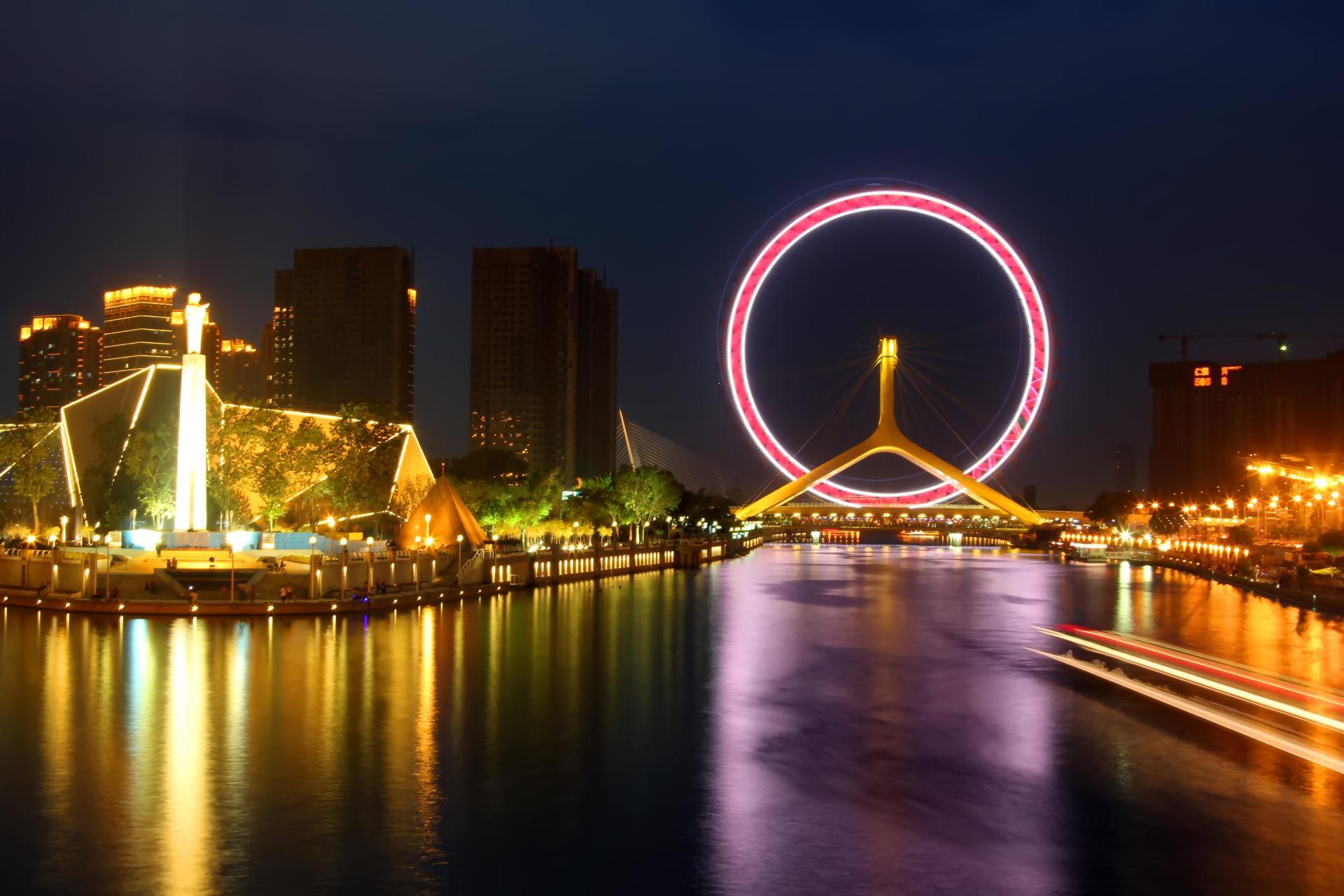TourismInformation
Tianjin
Classification:

Tianjin, one of the four direct-controlled municipalities in China, is also the largest open city and industrial and commercial city in northern China. Tianjin is abbreviated as "Jin," meaning the ferry crossing used by the emperor, and is also known as "Jingu" and "Jinmen." As of 2018, the city has 16 districts, covering a total area of 11,966.45 square kilometers. By the end of 2019, the resident population was 15.6183 million, with an urban population of 13.0382 million, and an urbanization rate of 83.48%. Tianjin has historically thrived due to its role in grain transportation, becoming a water and land port for southern grain and silk transportation after the mid-Tang Dynasty. During the Jin Dynasty, "Zhigu Zhai" was established in Zhigu; in the Yuan Dynasty, "Haijin Town" was set up, serving as a military stronghold and grain transfer center. Tianjin is mainly characterized by its cultural attractions, with over a hundred European-style ancient buildings remaining in the five avenues' concessions and the old city area around the ancient cultural street being the essence of the city.

